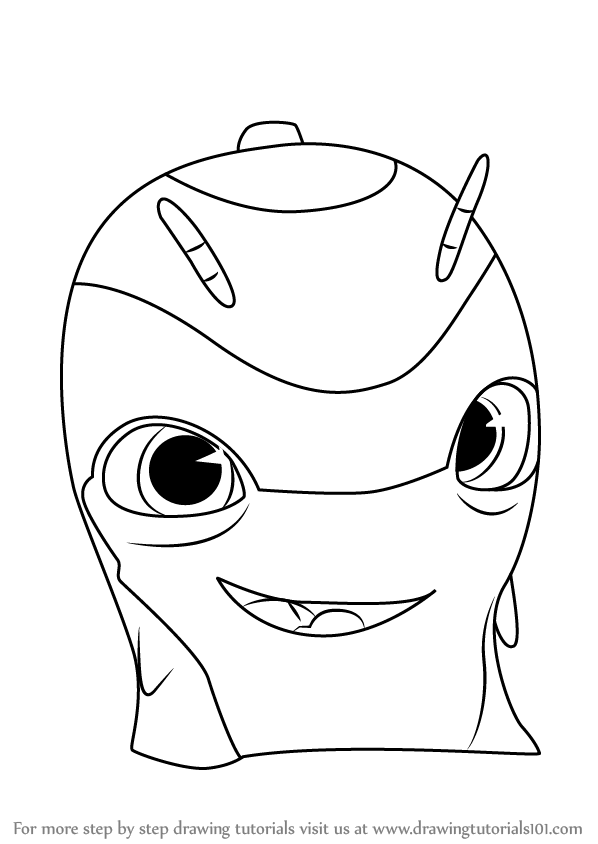Procedure techniques phlebotomy
Table of Contents
Table of Contents
There is no denying that drawing blood can be a challenging and daunting task. It involves inserting a needle into a patient’s vein to collect blood samples, which can be painful and uncomfortable for some patients. However, with the right technique and practice, drawing blood can become a much smoother process for both the healthcare provider and the patient.
Pain Points Related to How to Practice Drawing Blood
One of the biggest pain points related to how to practice drawing blood is the fear of causing pain or discomfort to the patient. In addition, healthcare providers who don’t have enough experience in this area may struggle with identifying the right vein, causing unnecessary poking and painful experiences for the patient. These pain points can make the process of drawing blood very challenging and time-consuming.
Answering the Target of How to Practice Drawing Blood
One of the best ways to improve your skills for drawing blood is to get proper training and education. Many healthcare facilities offer courses that can teach you the skills and techniques needed for successful blood draws. It’s also essential to familiarize yourself with the relevant equipment and understand the different veins in the body. Practice is key, so the more experience you gain, the more confident and skilled you’ll become.
Summary of Main Points Related to How to Practice Drawing Blood
Knowing how to practice drawing blood is an essential skill for healthcare providers. It involves identifying the right vein, using the proper equipment, and creating a comfortable experience for the patient. By getting the right education and training, healthcare providers can become more confident and efficient in their blood drawing skills.
Improving your Blood Drawing Skills with Personal Experiences
As a healthcare provider, I’ve had my fair share of challenging blood drawing experiences. However, over time, I’ve learned that having a calming presence and communicating openly with the patient can make all the difference. In addition, I find that using visualization techniques and deep breathing exercises can help the patient relax and minimize pain during the process. It’s also essential to know when to adjust your approach if you’re not successful on the first attempt.
Familiarizing Yourself with Equipment and Techniques
One of the essential steps in learning how to practice drawing blood is to understand the equipment and techniques involved. This includes knowing the different types of needles, tubes, and syringes used and the appropriate order for collecting blood samples. Identifying the right vein is also crucial, and it’s essential to be familiar with the different veins in the body.
Importance of Sanitation and Safety
Sanitation and safety are also critical factors to consider when practicing drawing blood. It’s important to use proper cleaning techniques and equipment to prevent the spread of infection to the patient and the healthcare provider. For example, gloves, alcohol swabs, and needles should all be disposed of properly after use to maintain a safe and hygienic environment.
Effective Communication with the Patient
Effective and clear communication with the patient is also crucial when it comes to drawing blood. Patients need to know what to expect, and they need to be informed about any risks or potential side effects. A healthcare provider should be attentive and responsive to the patient’s needs and concerns, creating a calm and comfortable environment.
Question and Answer Section
1. How do I know which vein to use for drawing blood?
It’s essential to be familiar with the different veins in the body. The most common veins used for blood draws are located in the arm, and healthcare providers are typically trained to identify the best vein for each patient based on factors such as vein size and accessibility.
2. How do I minimize pain during the blood drawing process?
Proper communication with the patient is key in minimizing pain during the blood drawing process. Healthcare providers can use visualization techniques, deep breathing exercises, and other methods to help patients relax and manage discomfort.
3. How do I ensure the safety and sanitation of the equipment used for drawing blood?
It’s crucial to follow proper sanitization procedures to maintain a safe and hygienic environment. Equipment such as needles, gloves, and alcohol swabs should all be disposed of properly after use to prevent the spread of infection.
4. How can I improve my blood drawing skills?
Healthcare providers can improve their skills by getting proper training and education, familiarizing themselves with the relevant equipment and techniques, and gaining more practical experience through practice and repetition.
Conclusion of How to Practice Drawing Blood
In conclusion, drawing blood can be a challenging and daunting task for many healthcare providers. However, with the right skills, techniques, and equipment, it can become a much smoother and efficient process. By getting proper training and education, communicating clearly and effectively with the patient, and following proper sanitization procedures, healthcare providers can improve their skills and provide a comfortable and safe experience for their patients.
Gallery
Pin On Blood

Photo Credit by: bing.com /
Pin On Art

Photo Credit by: bing.com / digital blood draw tutorial tutorials painting drawing tumblr reference techniques
Blood Draw Practice - YouTube

Photo Credit by: bing.com /
Blood Draw Procedure And Techniques - E Phlebotomy Training

Photo Credit by: bing.com / procedure techniques phlebotomy
How To Draw Blood Picture - Draw Easy

Photo Credit by: bing.com / phlebotomy venipuncture veins vein procedure puncture perform unitekcollege





